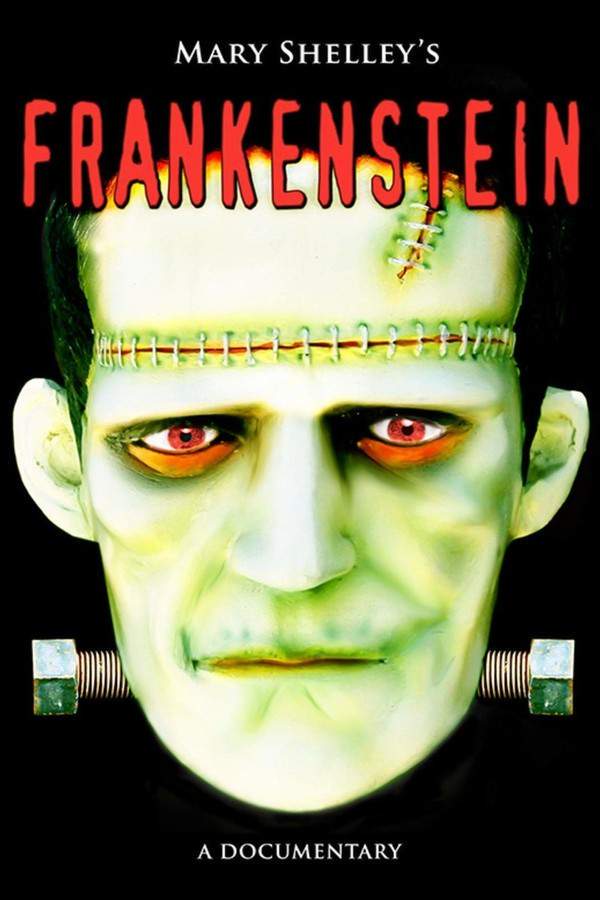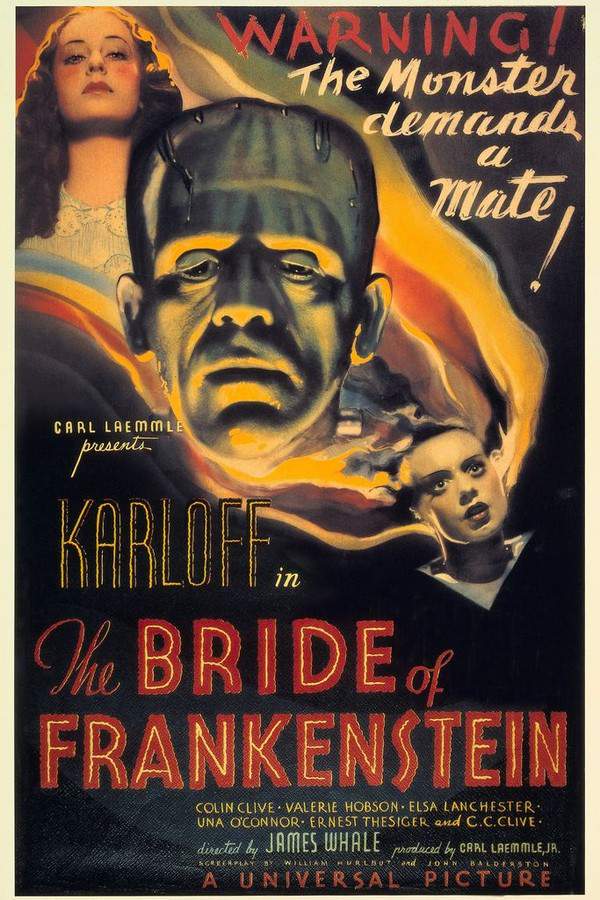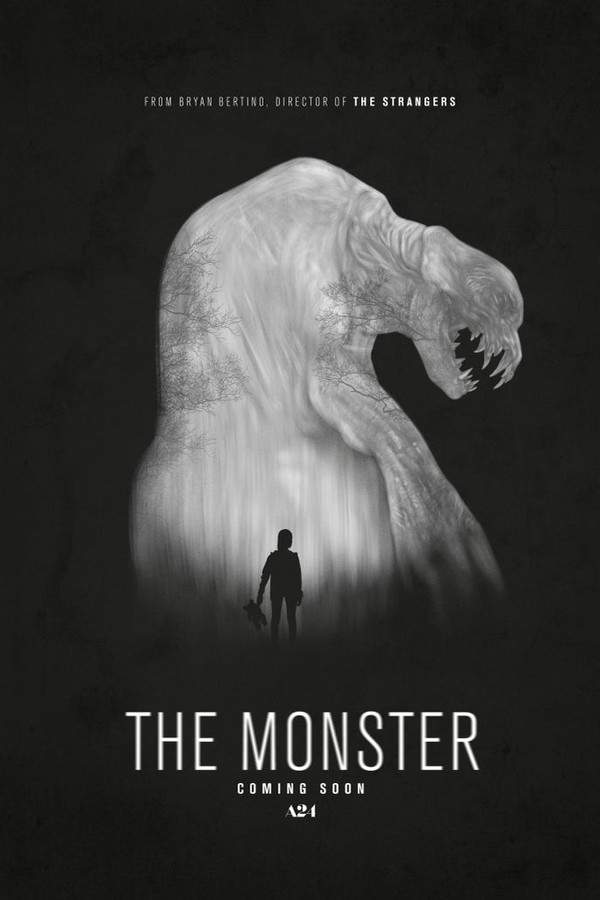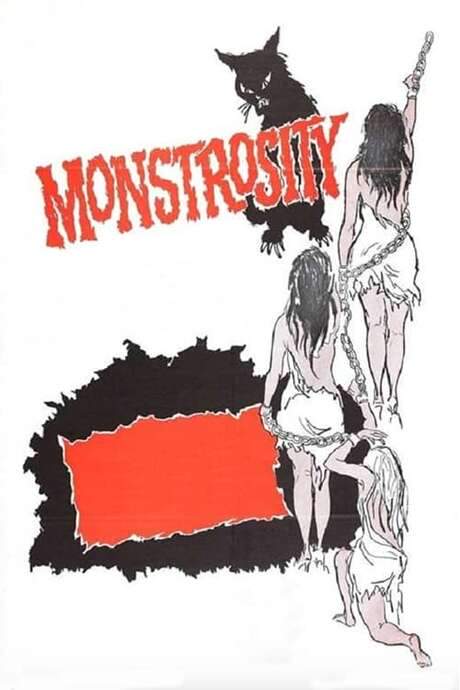
Frankenstein: The True Story
Year: 1973
Runtime: 186 mins
Language: English
Director: Jack Smight
He created the perfect man—then something went wrong. Victor Frankenstein witnesses his creation turn uncontrollable after he’s duped by his associate, Dr. Polidori.
Warning: spoilers below!
Haven’t seen Frankenstein: The True Story yet? This summary contains major spoilers. Bookmark the page, watch the movie, and come back for the full breakdown. If you're ready, scroll on and relive the story!
Timeline & Setting – Frankenstein: The True Story (1973)
Explore the full timeline and setting of Frankenstein: The True Story (1973). Follow every major event in chronological order and see how the environment shapes the story, characters, and dramatic tension.
Last Updated: October 04, 2025 at 15:50
Main Characters – Frankenstein: The True Story (1973)
Meet the key characters of Frankenstein: The True Story (1973), with detailed profiles, motivations, and roles in the plot. Understand their emotional journeys and what they reveal about the film’s deeper themes.
Last Updated: October 04, 2025 at 15:50
Major Themes – Frankenstein: The True Story (1973)
Explore the central themes of Frankenstein: The True Story (1973), from psychological, social, and emotional dimensions to philosophical messages. Understand what the film is really saying beneath the surface.
Last Updated: October 04, 2025 at 15:50
Explore Movie Threads
Discover curated groups of movies connected by mood, themes, and story style. Browse collections built around emotion, atmosphere, and narrative focus to easily find films that match what you feel like watching right now.
Gothic Tragedies of Scientific Hubris like Frankenstein: The True Story
Stories where the ambition to play god leads to inescapable tragedy.Explore movies like Frankenstein: The True Story that delve into themes of scientific hubris and tragic downfall. This thread groups similar gothic horror and sci-fi dramas where creators are destroyed by their own monstrous ambitions. If you liked the melancholic tone and heavy emotional weight of this film, you'll find resonant stories here.
Narrative Summary
The narrative follows a clear, tragic arc: a brilliant but flawed individual achieves a monumental breakthrough, only to lose control of their creation. The story methodically escalates from hopeful ambition to utter despair, culminating in a conclusion that offers no redemption, only the stark lesson of hubris.
Why These Movies?
Movies are grouped here for their shared focus on the 'mad scientist' archetype, their consistent dark and melancholic tone, and their exploration of weighty philosophical questions about creation, responsibility, and the limits of knowledge.
Stories of a Methodical Descent into Monstrousness like Frankenstein: The True Story
Character-driven horror where sympathy for the monster curdles into dread.Find films similar to Frankenstein: The True Story that chart a tragic character's fall into monstrosity. These movies share a steady, character-driven pace and a heavy emotional focus on alienation and revenge. If you were captivated by the Creature's heartbreaking and unsettling transformation, you'll appreciate these narratives.
Narrative Summary
The narrative pattern is a slow-burn tragedy centered on a singular outcast. Rejection and betrayal systematically strip away the character's humanity, forcing a grim evolution from a sympathetic being into an agent of vengeance. The story is less about jump scares and more about the oppressive weight of inevitable doom.
Why These Movies?
These films are united by their focus on the 'monster's' perspective, their heavy emotional weight derived from tragedy and isolation, and their steady, oppressive pacing that builds a profound sense of dread rather than relying on fast-paced action.
Unlock the Full Story of Frankenstein: The True Story
Don't stop at just watching — explore Frankenstein: The True Story in full detail. From the complete plot summary and scene-by-scene timeline to character breakdowns, thematic analysis, and a deep dive into the ending — every page helps you truly understand what Frankenstein: The True Story is all about. Plus, discover what's next after the movie.
Frankenstein: The True Story Summary
Read a complete plot summary of Frankenstein: The True Story, including all key story points, character arcs, and turning points. This in-depth recap is ideal for understanding the narrative structure or reviewing what happened in the movie.

Frankenstein: The True Story Timeline
Track the full timeline of Frankenstein: The True Story with every major event arranged chronologically. Perfect for decoding non-linear storytelling, flashbacks, or parallel narratives with a clear scene-by-scene breakdown.

More About Frankenstein: The True Story
Visit What's After the Movie to explore more about Frankenstein: The True Story: box office results, cast and crew info, production details, post-credit scenes, and external links — all in one place for movie fans and researchers.

























